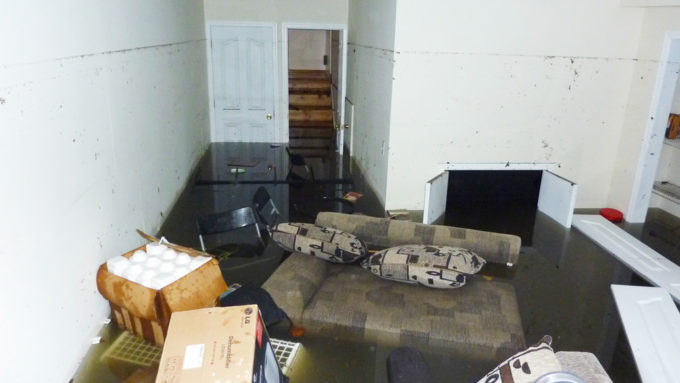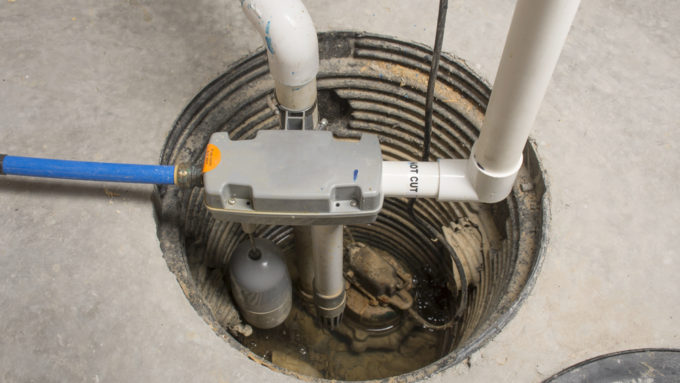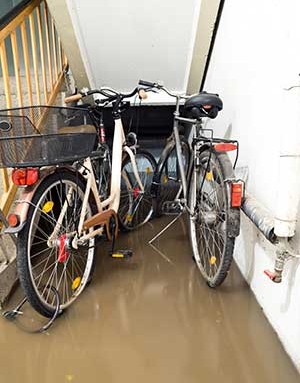Your landscaping could be damaging your home. Does your basement keep flooding? It may be because of your lawn.
Is Your Landscaping Damaging Your Home?
Water, Water, In Our Yards, and Not a Drop In Our Basements
Rain water has to go somewhere, always. Properly graded and landscaped yards direct this water to desired locations while improperly graded and landscaped yards could allow water to collect in the basement or foundation of your home.
Water flows downhill. You want to ensure that your landscaping slopes so that water goes away from your home and certainly doesn’t pond around the home.
Landscaping Plants Helping or Hurting Your Home
Flowers, shrubs, and trees can be important players in the moisture level of your yard and, indirectly, your home. If your yard tends to retain a lot of water, thirstier plants can help manage this. On the other hand, too thirsty plants like certain trees growing close to your home, can make the soil too dry and lead to an unstable surface for your home’s foundation.
What To Do If Your Landscaping Is Damaging Your Home
Make sure your downspouts drain away from the home. Most downspouts have a protector underneath to lessen the impact directly under the spout and prevent ponding, but you can further protect your home by landscaping around the downspout to channel the water say 10 feet away.
Consider any gardens up next to your home. Could they be sloped away from the home? Are they retaining too much water?
Consider trees and plants next to the home. You might add or replace plants to optimize the moisture level of the soil around your home.
A bad enough water drainage problem may require professional grading. This is the process of adding, removing, and/or shaping the ground under or around a building. Ensure that your yard slopes downward 10 feet away from your home.





